目次
名作『ドン・キホーテ』のあらすじと風車の冒険をざっくりとご紹介 僧侶上田隆弘の世界一周記―スペイン編⑪
前回までの記事で小説『ドン・キホーテ』ゆかりの地ラ・マンチャ地方のカンポ・デ・クリプターナとエル・トボソ村をご紹介した。
あわせて読みたい
風車の町カンポ・デ・クリプターナを散策~ドン・キホーテの舞台を歩く! スペイン編⑧
カンポ・デ・クリプターナはクエンカと同じくドン・キホーテで有名なラ・マンチャ地方にある町。
この町で最も有名なのが丘の上に立つ風車の景色です。
そしてその風車こそドン・キホーテが巨人と間違えて突進していくという有名なシーンのモデルになったと言われています。
『ドン・キホーテ』が大好きな私にとってはここは聖地中の聖地です。この記事ではそんな聖地を訪れた私の体験をお話ししていきます。
『ドン・キホーテ』はラ・マンチャ地方を舞台にスタートした小説だ。
だがこの『ドン・キホーテ』、名前は聞いたことがあっても実際にどんな小説で何がすごいのかということになると意外と知られていない。
作中ドン・キホーテが風車に突撃するというエピソードが有名ではあるものの、その出来事の理由は何かと問われてみるとさらに謎になってくるだろう。
『ドン・キホーテ』は有名ではあるけれども、実は謎に包まれた小説と言えるかもしれない。
というわけで、今回の記事ではざっくりとではあるが『ドン・キホーテ』のあらすじと風車のエピソードについて考えていきたい。
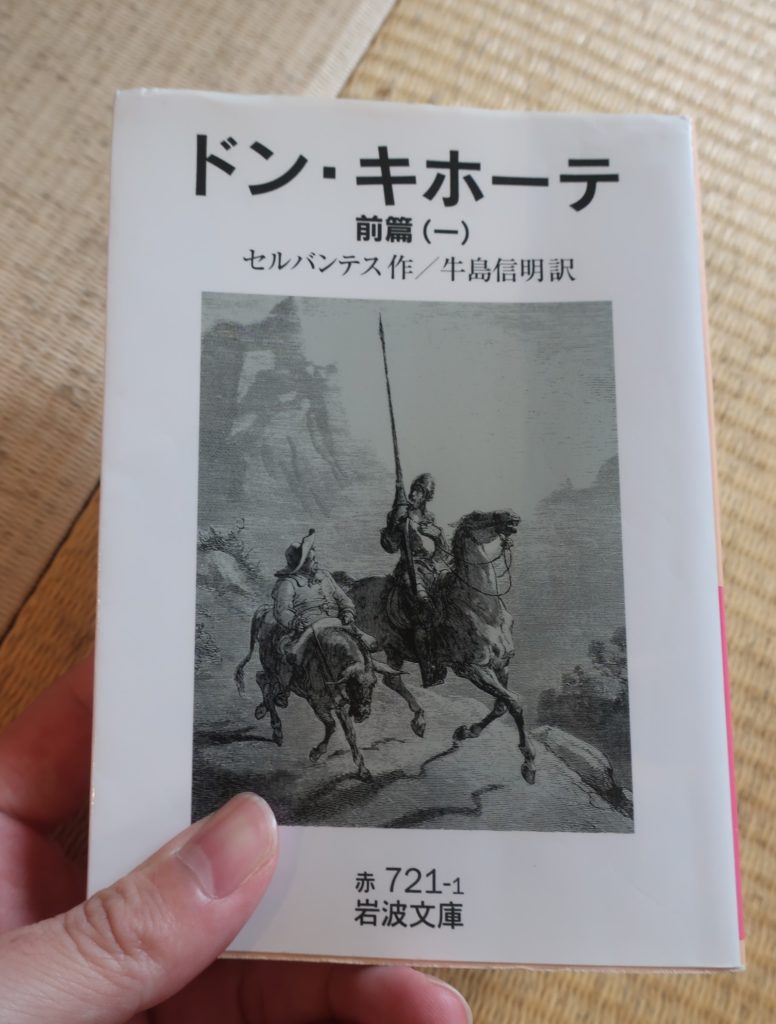
『ドン・キホーテ』はスペインの作家ミゲル・デ・セルバンテス(1547-1616)によって書かれた大作だ。
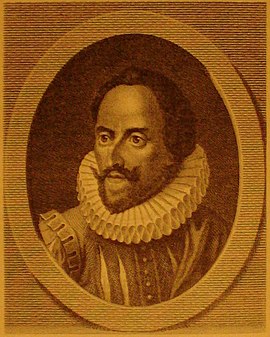 セルバンテス Wikipediaより
セルバンテス Wikipediaより
これまでに幾人もの作家による翻訳が出版されているが、ぼくは岩波文庫の牛島信明訳を愛読している。
牛島信明訳はとにかく読みやすい。言葉遣いも現代的でぼくたちが読んでも全く違和感なく読むことができる。
『ドン・キホーテ』は古典だ。そのため古い翻訳では明らかに古典チックな翻訳がなされている。
それはそれで古典ならではの味のある翻訳なのかもしれないが、身近な文体で楽しく読書しようとするなら岩波文庫の牛島信明訳がベストなのではないかとぼくは思う。
古典と言えば哲学書のような難解な文章をイメージするだろうが牛島信明訳はまったくそういうことはない。
さらに要所要所で挿入されている挿絵がまたすばらしい。
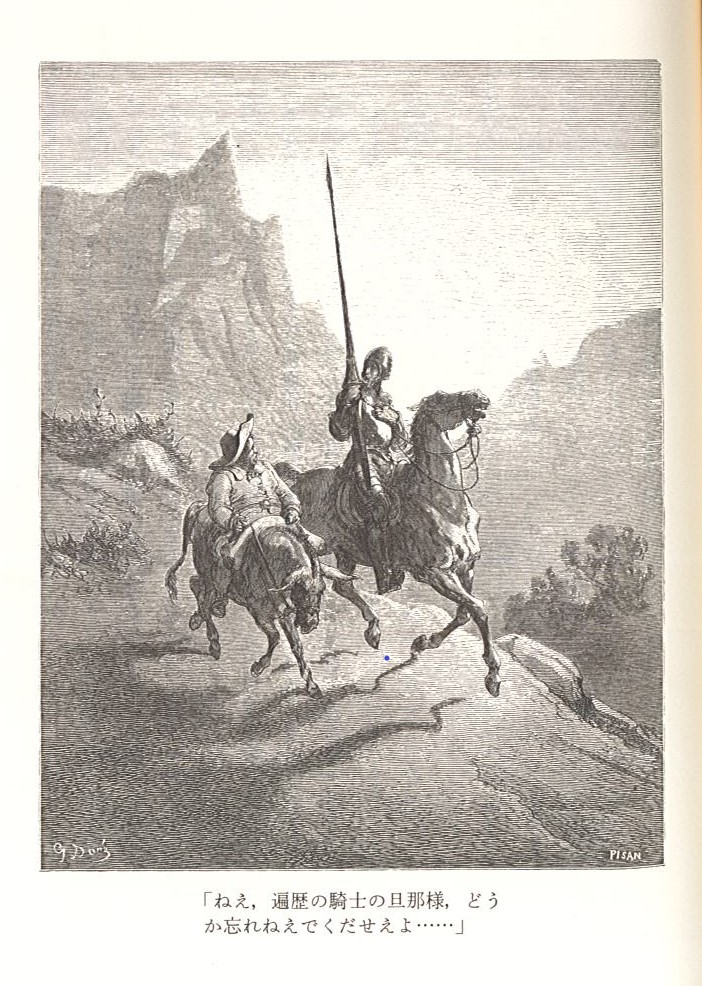
挿絵のおかげでドン・キホーテの様子がより鮮明に想像できて物語に入り込みやすくなる。
一言で言うならば「こんなに読みやすい古典はなかなかない」と断言することができるだろう。
さて、本題に戻ろう。
ドン・キホーテはそもそも一体どんな小説なのだろうか。
ざっくりとしたあらすじはこうだ。
「騎士道本にのめり込み、昼夜を問わず夢中で読み続けた主人公アロンソ・キハーノはある日理性を失い、とある妄想に憑りつかれる。
それは騎士道本に描かれた世界はかつて実在し、それを16~17世紀の現代に復活させ、理想の世界を実現させるというものであった。
この考えに憑りつかれた主人公は自らを騎士ドン・キホーテと名乗り、遍歴の旅へと出発する。
そしてその行く先々で持ち前の妄想と狂人じみた行動で様々な冒険を繰り広げていく」
という物語が『ドン・キホーテ』の大きな流れだ。
これではまだわかりにくいので、さらに現代風に例えて言うならばこうなる。
「主人公は『ワ〇ピース』の世界がかつて実在し、その世界こそが理想の世界であると考えた。
主人公は自ら海に漕ぎ出すことでその世界を現代に蘇らせることが可能であると信じ込み、海賊王になるために冒険の旅に出る。」
騎士道物語とは16世紀にスペインで大流行した小説群だ。
主人公はもちろん遍歴の騎士という旅の騎士。
そして彼らは囚われの姫や虐げられた人々を救うために恐ろしい巨人や魔法使いと勇敢に戦い、平和をもたらす。
ドン・キホーテが読んでいた騎士道本とはまさにこのような本で、その中の描写では騎士の一太刀でそびえ立つ塔のように大きな巨人を真っ二つに断ち切ったり、魔法使いの力であっという間にはるか彼方に移動したり、不思議な出来事が起こったりする。
これはまさしく『ワ〇ピース』にも描写されている世界観でもある。
つまり、ドン・キホーテはありもしない世界を現実のものと思い込み、さらにそれを自分が実際に行えると信じ込んで冒険の旅に出たのだ。
その冒険の一つが有名な風車のシーンにつながっていく。
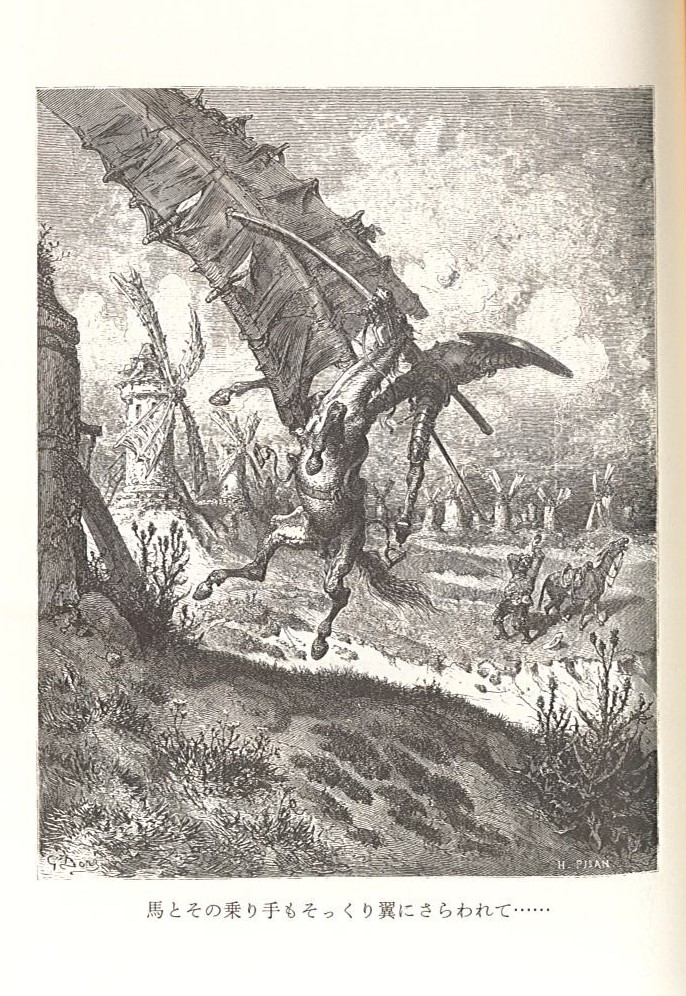
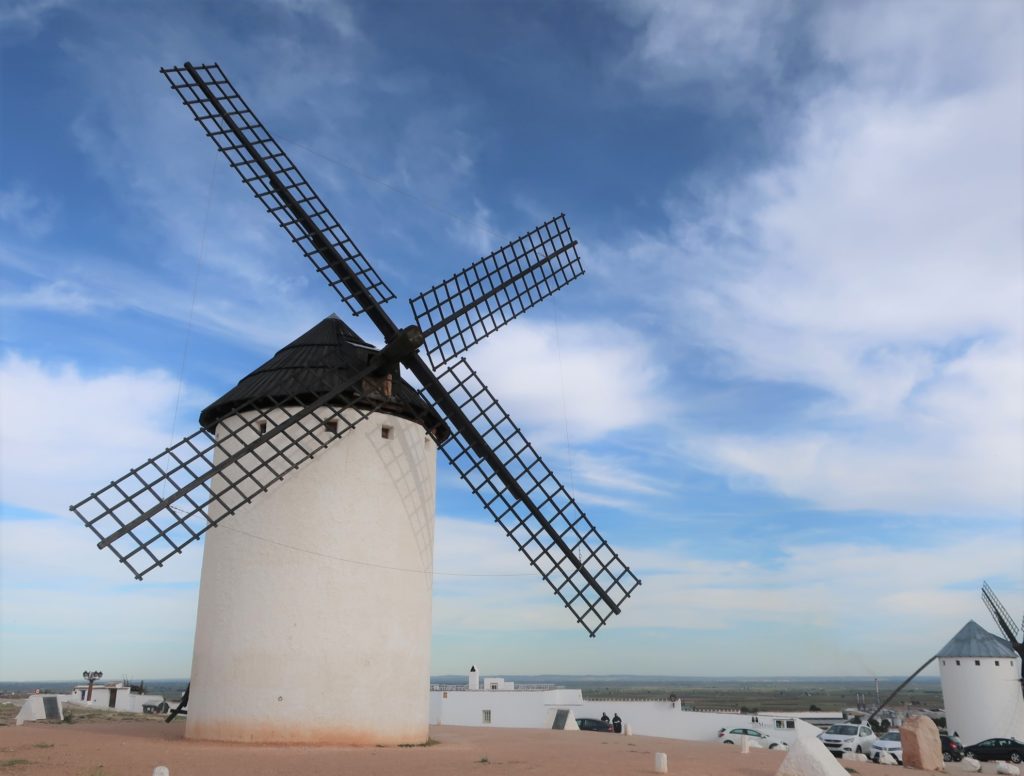 カンポ・デ・クリプターナの風車(ブログ筆者撮影「風車の町カンポ・デ・クリプターナを散策~ドン・キホーテの舞台を歩く! スペイン編⑧」より
カンポ・デ・クリプターナの風車(ブログ筆者撮影「風車の町カンポ・デ・クリプターナを散策~ドン・キホーテの舞台を歩く! スペイン編⑧」より
「ドン・キホーテは風車を巨人と間違えて突撃した」
これはよく聞かれるエピソードである。
しかしドン・キホーテは本当に間違えて突撃したのだろうか。
実はこれは非常に微妙な問題なのだ。
ドン・キホーテは実際に風車を巨人と信じ込み突撃した。彼の眼には本当に巨人として見えていたのである。
風車に突撃したドン・キホーテは、風車の羽に突き刺した槍ごと吹っ飛ばされ宙を舞い、地面に叩きつけられてしまった。
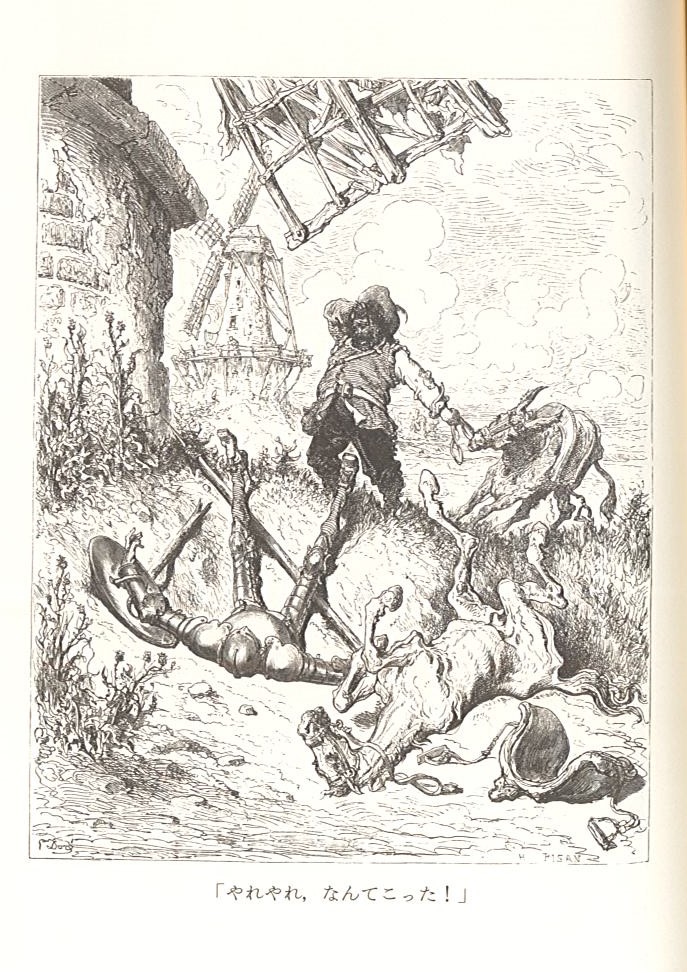
それを見た従士のサンチョに「やれやれ、なんてこった!」と呆れられた後もドン・キホーテはこう返す。
「わしから巨人退治の栄誉を奪うために魔法使いめが巨人を風車に変えおったにちがいない」と。
彼曰く、たしかにあれは巨人であったのだが、魔法使いの仕業で今は風車になってしまったと弁解しているのだ。
ドン・キホーテは間違えて突撃したのではない。
彼は巨人だと本当に信じていたし、そう見えていたのだ。
間違えたということと、信じていたということではやはり微妙だが何か決定的に異なるニュアンスを感じさせる。
「信じれば見える世界が変わってくる。」
みなさんも次のようなことを経験されたことはないだろうか。
自分は絶対見た、あるいは見なかったと思っていたことが他人からすると意見が合わない。そして衝突し言い争いになる。
「絶対に私は見た!間違いない!」
「そんなものは絶対になかった。見たはずはない!」
「言った言わない論争」も同じ原理だ。
目に見えている世界は唯一の現実ではない。
ぼく達は見たいものしか見ず、聞きたいことしか聞かないようにできている。
知らず知らずの内にぼく達は情報の取捨選択をし、その結果出来上がったものを「唯一の世界」として認識しているに過ぎない。
他人と自分の見ている世界はまるで違うものなのだ。
作者のセルバンテスはドン・キホーテの一見不思議で愉快な冒険の中にこうした裏のメッセージをふんだんに忍ばせている。
セルバンテスのこうした手法は次の記事で改めて紹介したいと思うが、とにかく、有名な風車のシーンはこうしたドン・キホーテの妄想によって生み出されたエピソードだということをお伝えしたい。
さてドン・キホーテは上下巻合わせて6冊、しかも1冊あたり400ページを超える大ボリューム。

積み重ねてみれば一目瞭然。新書と並べて見てもその差は明らかだ。
正直、この分厚さが読者を遠ざけているのではないかとぼくは思ってしまう。
これを一気に読もうと思うとかなりの覚悟が必要になるのは明白だ。なかなか気軽に手を伸ばしてみようとは思えない。
だが、安心してほしい。
この風車のエピソードは全2400ページを超える中の140ページくらいから始まる。
なんと、この風車のエピソードは小説『ドン・キホーテ』のかなり早い段階でお披露目されているのだ。
ぼくも初めて読んだ時はかなり驚いたものだ。
まさかあれほど有名なシーンがこんなに早く登場してくるとは夢にも思わなかった。
間違いなくこの風車の冒険は小説『ドン・キホーテ』のハイライトの一つだ。
それにぼくの個人的な感想ではあるが、ぼくの大好きなシーンが多いのはこの前編(1)と(2)というはじめの2冊だ。
『ドン・キホーテ』という大作は6冊もの大ボリューム。
でも無理していきなり全て読む必要はないのではないかとぼくは思う。
『ドン・キホーテ』はシンプルに読み物として面白い本だ。
その中でも最初の1冊目は特に面白い。
冒頭の序文はとっつきにくいが本文に入ってしまえばすこぶる読みやすい。
思わずくすっとしてしまうようなユーモアあふれる文章が続いていく。
とりあえず1冊目を読んでみてそれで続きが気になるなら2冊目以降へと進んでいく。
それくらいの気持ちでまずは十分なのではないだろうか。
大ボリュームに威圧されて1冊も読まないというのは本当にもったいない。
1冊目にこそドン・キホーテの面白さのエッセンスが凝縮されている。
おまけに世界的に有名な風車の冒険にもしっかりとお目にかかることができる。
これを味わうだけでも十分すぎる価値があるのではないかとぼくは思う。
ドン・キホーテの1冊目は非常におすすめ。
世界の名作と言われるにはそれなりのしっかりとした理由がある。
次の記事では『ドン・キホーテ』の何がすごいのかということについてお話ししていきたい。
続く
Amazon商品ページはこちら↓
ドン・キホーテ 前篇1 (岩波文庫 赤 721-1)
次の記事はこちら
あわせて読みたい
『ドン・キホーテ』はなぜ名作なのか~『ドン・キホーテ』をもっと楽しむためのポイントを解説 スペイ...
この記事では世界の名作『ドン・キホーテ』がなぜ世界の名だたる著名人から愛されたのかをお話ししていきます。
古典と言えば小難しくて眉間にしわを寄せて読むものだというイメージもあるかもしれませんが、『ドン・キホーテ』においてはまったくの逆。
私は元気を出したいときや明るい気分になりたいときに『ドン・キホーテ』を読みます。
理想に燃えて突進し、辛い目にあってもへこたれず明るく前に進み続ける。そんな『ドン・キホーテ』を読んでいると不思議と力が湧いてきます。
名作と言われる理由がわかればきっとこの作品を読みたくなると思います。ぜひご一読下さい。
※2021年5月29日追記
あわせて読みたい
トビー・グリーン『異端審問 大国スペインを蝕んだ恐怖支配』あらすじと感想~ソ連や全体主義との恐るべ...
この本で見ていくのはまさしくスペイン・ポルトガルで行われた異端審問です。
この異端審問で特徴的なのは、宗教的なものが背景というより、政治的なものの影響が極めて強く出ているという点です。
この点こそ後のスターリンの大粛清とつながる決定的に重要なポイントです。
トビー・グリーン著『異端審問 大国スペインを蝕んだ恐怖』という本の中に『ドン・キホーテ』について非常に興味深い指摘を見つけました。
あわせて読みたい
(5)セルバンテスの驚異の風刺技術!ガレー船での漕役刑と『ドン・キホーテ』のつながりとは
この記事内で説かれる箇所を読んだ時、私はビリビリっとしたものを全身に感じました。
と言うのも、ガレー船での漕役刑というのはセルバンテスの『ドン・キホーテ』にも登場し、漕役囚たちとドン・キホーテのエピソードは私の中で非常に大きなインパクトを占めていたからです。
この記事では『ドン・キホーテ』に出てくるガレー船の漕役囚達とのエピソードに隠されたセルバンテスの恐るべき風刺についてお話ししていきます。セルバンテスがいかに巧みに当時のスペインの風潮を皮肉っていたかがわかります。『ドン・キホーテ』のすごさが一目瞭然です。ぜひご覧ください。
※2021年6月3日追記
上に紹介した記事に引き続き『ドン・キホーテ』をさらに楽しむのにおすすめな記事がこちらです。
あわせて読みたい
(10)『ドン・キホーテ』のおすすめエピソード「焚書詮議の物語」と異端審問のつながり
今回ご紹介する『ドン・キホーテ』の焚書詮議の物語は私の大好きなエピソードです。何回読んでもくすっと笑ってしまいます。セルバンデスのユーモアがこれでもかと詰まったシーンです。
『異端審問 大国スペインを蝕んだ恐怖』を読んだことで、そんな私の大好きなシーンが異端審問とつながり、新しい視点を得ることができました。セルバンデスの驚くべき手腕にただただ感嘆するのみです。
この記事の中でお話ししていく焚書詮議の物語は『ドン・キホーテ』の中で私が最も好きなエピソードのひとつでした。とにかくウィットが効いていて面白いんです。何回読んでも思わずくすっとしてしまいます。
また、ドン・キホーテがなぜ正気を失い、自分を騎士であると思い込むようになったかも紹介していきます。
『ドン・キホーテ』の面白さが少しでも伝わってくれたら幸いです。
関連記事
あわせて読みたい
カンポ・デ・クリプターナの夕焼けの風車 スペイン編⑨
風車の丘で雄大な景色を楽しんだ後は一旦宿に戻って待機。
今回カンポ・デ・クリプターナに宿を取った理由は、なんと言っても夕日に照らされた風車を見るためです。
カンポ・デ・クリプターナの風車の丘は夕陽で有名・・・というわけではありません。
しかし、真っ白な風車が夕陽で真っ赤に染まっていく景色をぜひとも見てみたいと私は旅を始める前から考えていたのでした。
そしてその期待通り、日没間近の風車の丘は言葉に尽くせぬほどの美しさでした。
地平線に沈んでいく夕陽、そして真っ赤に染まった大地。
世界の色彩が時間と共に刻々と変化していく様はまるで夢のようでした。
あわせて読みたい
『ドン・キホーテ』のおすすめ参考書と解説記事一覧~世界最高の小説はやはり面白い!知れば知るほど楽...
『ドン・キホーテ』は面白い!これは間違いありません。
そして単に面白いだけでなくその奥深さも並大抵のものではありません。さすが世界中の偉人達に愛されてきただけのことはあります。
そんな『ドン・キホーテ』をもっと楽しむためのおすすめ本をこの記事で紹介します!
あわせて読みたい
本好き僧侶が薦めるおすすめ小説25選~入門から上級編までレベルごとにおすすめ作品をざっくりご紹介!
今回の記事では読書の初心者から上級者までレベルごとにぜひおすすめしたい小説をご紹介していきます。
基本的にここで紹介する本はどれも私が自信を持っておすすめする名著です。そのいずれもが最高に面白い作品ですので入門編や上級編などの分類を気にせず興味が湧いた本についてはぜひリンク先のページも覗いてみて下さい。
あわせて読みたい
牛島信明『ドン・キホーテの旅』あらすじと感想~これを読めばドン・キホーテが面白くなる!ぜひおすす...
この本は本当に素晴らしいです。これを読めば一読しただけでは苦戦しがちな『ドン・キホーテ』が全くの別物になります。もう面白くて面白くてたまらないというくらいの大変身を遂げます。
『ドン・キホーテ』はパロディ作品です。表面上に出てくるものの裏を見れなければ面白くありません。
そんな漠然と読んでもまず気付くことができない『ドン・キホーテ』の面白さをこの本ではこれでもかと解説してくれます。
この本を読めばまず間違いないです。私は自信を持っておすすめします。それほど面白い入門書となっています。
あわせて読みたい
ウナムーノ『ドン・キホーテとサンチョの生涯』あらすじと感想~ドン・キホーテ愛溢れる名著!読めば元...
私はこの作品を読んで感激しました。「こんなに『ドン・キホーテ』を読み込み、熱き思いを語る人がいるんだ!」と胸が熱くなりました。「愛」そのものですね!それが伝わってくるんです!これはすごい作品です。
この作品は『ドン・キホーテ』ファン必読の名著中の名著です。
タイトルにも書きましたが、この作品は読めば元気が湧いてくる名著です。現代日本においてもこの作品は圧倒的に大きな意味があると私は信じています。私はこれからも折に触れてこの本を読み返していきたいなと強く感じています。それほどこの作品のパワーはすさまじいです。
あわせて読みたい
トーマス・マン『ドン・キホーテとともに海を渡る』あらすじと感想~全読書人に贈りたい「旅と本」につ...
『ドン・キホーテとともに海を渡る』では船旅の最中に読んだ『ドン・キホーテ』に関するマンの思いを知ることができます。
旅行記としても非常に楽しめる作品で、私もわくわくしながらこの作品を読むことができました。やはり旅行記っていいですよね。しかも文豪トーマス・マンによる旅行記なのですからさらに嬉しいです。
タイトルにも書きましたようにこの作品は「旅と本」を愛する全ての方にお届けしたい珠玉の名作です。
あわせて読みたい
岩根圀和『ドン・キホーテのスペイン社会史 黄金時代の生活と文化』あらすじと感想~ドン・キホーテの時...
この本では『ドン・キホーテ』をより知るために様々な観点から時代背景を見ていきます。
その中でも特に私がありがたいなと思ったのは『アマディス・デ・ガウラ』とドン・キホーテについての解説が詳しくなされている点でした。
この本はドン・キホーテが活躍したスペインの時代背景を知るのにおすすめの作品です。文章も読みやすく、図版も多数掲載されているので気軽に読み進めることができます。
これはぜひおすすめしたい作品です。
あわせて読みたい
モンタルボ『アマディス・デ・ガウラ』あらすじと感想~ドン・キホーテを狂わせた騎士道物語の傑作!
まさにドン・キホーテファンにはたまらない作品が今作『アマディス・デ・ガウラ』になります。私もこの本を手にしてニヤニヤが止まりませんでした。
実際私もこの本を読んでみたのでありますが、ドン・キホーテがはまるのもむべなるかなの名作です。作中で司祭が「この種の書物では唯一最良の物」というのもわかる気がしました。
「ほぉほぉ、ドン・キホーテはこの話を真似してあんなことをしていたのか」とニヤニヤしながら一気に読み込んでしまいました。パロディから入って元ネタを見るという楽しみを私はこの本で満喫しました。
あわせて読みたい
サンタクララのチェ・ゲバラの霊廟とドン・キホーテの意外な関係 キューバ編⑦
サンタクララはチェ・ゲバラと切っても切れない関係のある街。
キューバの歴史を学ぶ中で知ることになったチェ・ゲバラの存在。
理想を追い求めた革命の戦士。 世界で最も尊敬される革命家。
どうして彼はこんなにも世界中の人を惹き付けるのでしょうか。
彼のことを調べているうちに、私はあることを知ることになりました。
チェ・ゲバラの愛読書が『ドン・キホーテ』であり、彼はドン・キホーテの生き様に大きな影響を受けていたという事実だったのです。
この記事ではそんなゲバラと『ドン・キホーテ』の関係とゲバラのお墓参りをした私の体験をお話ししていきます。
あわせて読みたい
世界一周の旅とドン・キホーテの理想、そしてドストエフスキーへ―私とドストエフスキーの出会い⑶
2019年の世界一周の旅から帰国後、私はお寺の行事を通して多くの子供たちと出会いました。
そして彼らがきっかけとなり私はドストエフスキーと再会することになります。これが私とドストエフスキーの第二の出会いでした。
この時から今現在に至るまでドストエフスキーの研究を継続して行っています。
彼を学ぶうちにドストエフスキーと浄土真宗の開祖親鸞聖人との驚くべき共通点が明らかになってきました。ますますドストエフスキーを学ぶ意味が大きくなってきています。
あわせて読みたい
ドストエフスキー『白痴』あらすじと感想~あのトルストイも絶賛した名作!ドストエフスキーによるキリ...
「無条件に美しい人間」キリストを描くことを目指したこの作品ですが、キリスト教の知識がなくとも十分すぎるほど楽しむことができます。(もちろん、知っていた方がより深く味わうことができますが)
それほど小説として、芸術として優れた作品となっています。
『罪と罰』の影に隠れてあまり表には出てこない作品ですが、ドストエフスキーの代表作として非常に高い評価を受けている作品です。これは面白いです。私も強くおすすめします。
あわせて読みたい
ディケンズ『ピクウィック・クラブ』あらすじと感想~ドストエフスキー『白痴』に強烈な影響!19世紀イ...
この作品はセルバンテスの『ドン・キホーテ』を意識して書かれ、ドストエフスキーの代表作『白痴』にも多大な影響を与えた作品です。
当時イギリスでこれを読んでいた人たちは大笑いし、イギリス中がピクウィック氏の活躍を毎週毎週心待ちにしていたそうです。
ディケンズ作品の中で『ピクウィック・クラブ』は、ドストエフスキーを学ぶ上で最も重要な作品です。
私もつい最近までこの作品を知りませんでしたが読んで納得、とても面白い作品でした。
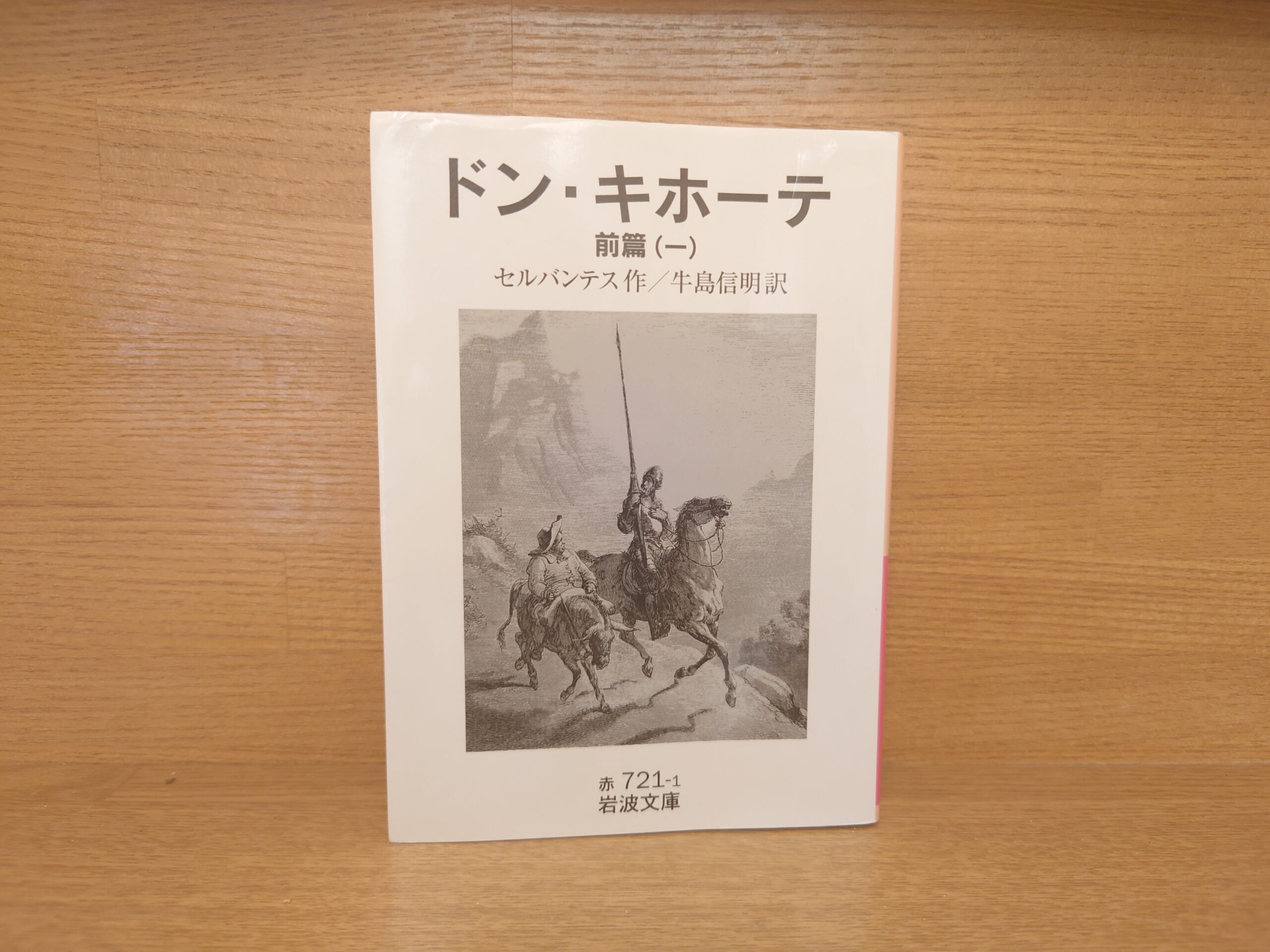
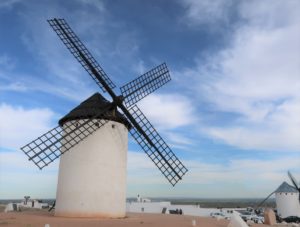







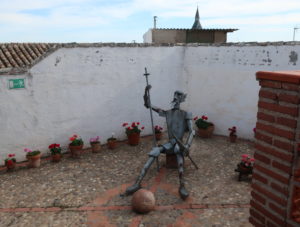
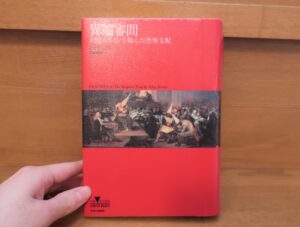
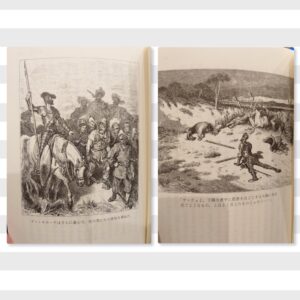
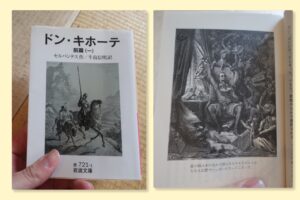
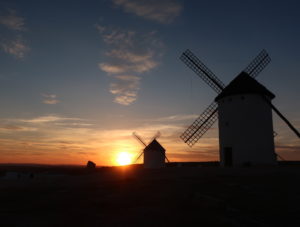



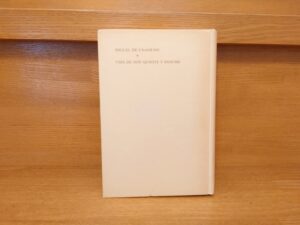


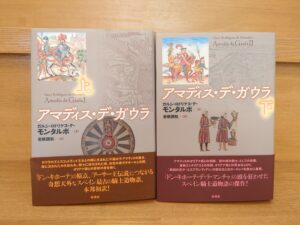
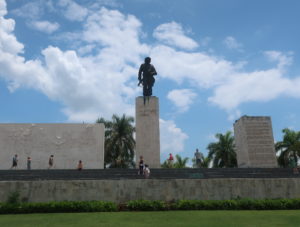
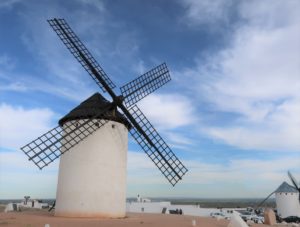



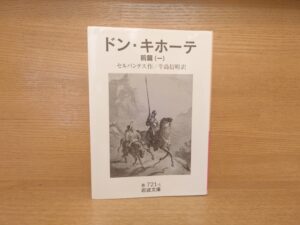
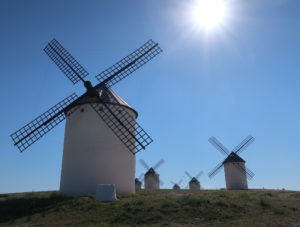
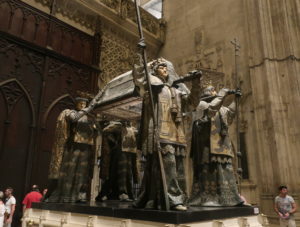
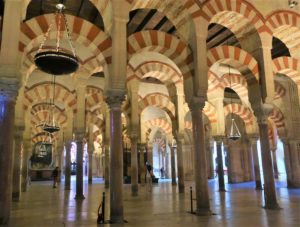
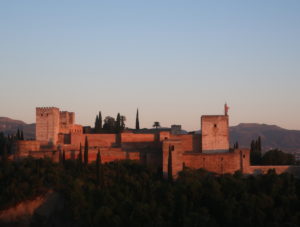
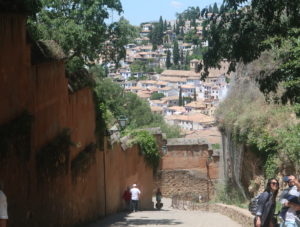
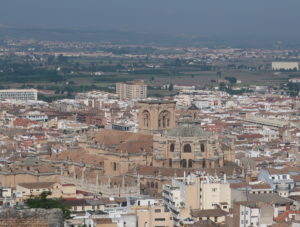
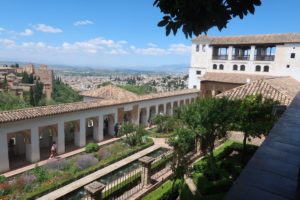
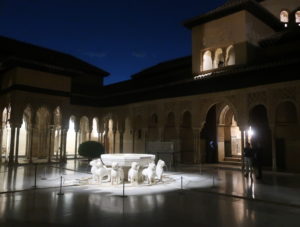
コメント
コメント一覧 (2件)
調べものをしていて、偶然このブログを読みました。するどい意見で勉強になりました。読書はあまりしてこなかった人間ですが、気になったものは気楽に目を通してみようかなと思いました。
コメントありがとうございます。そう言って頂けまして本当に嬉しいです。これからもお役に立てるような記事を書けるように精進します。